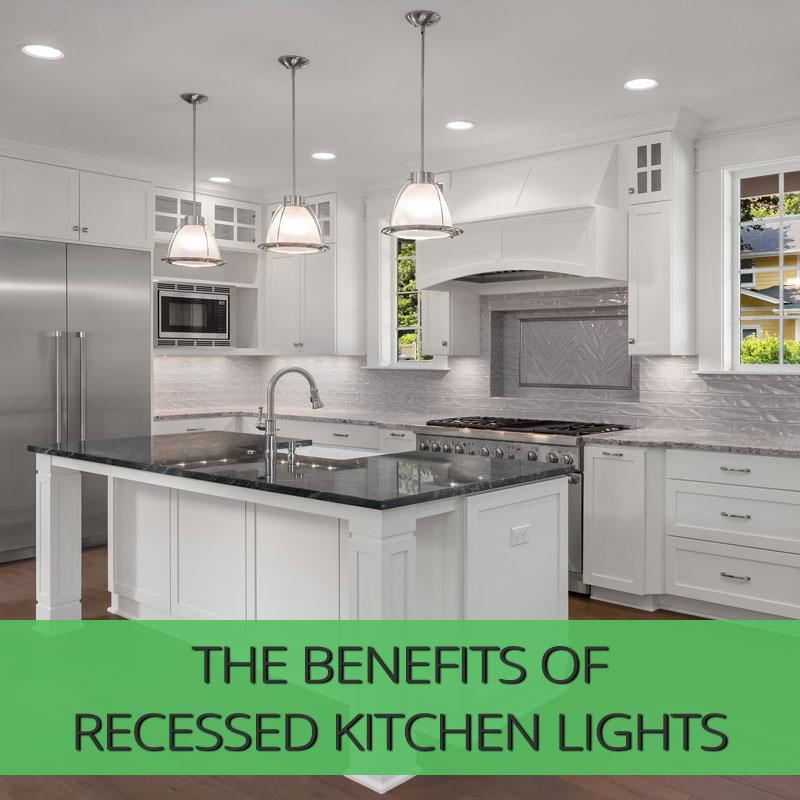The Benefits of Recessed Kitchen Lights
Is it time to replace your kitchen lights? Perhaps you've just purchased a property and cannot understand what the previous owners were thinking! Although kitchen lighting might not seem like the most fascinating subject, advances in lighting technology and decor trends mean you have more options available than ever. Here are some recommendations for kitchen lights that won't steer you wrong if you feel overwhelmed by all the possibilities.
Recessed Kitchen Lighting
Recessed lighting remains so popular in the kitchen and other areas that skilled trades educator MT Copeland says they "have become an integral part of modern construction." These minimal fixtures don't distract from your other, perhaps more important, design choices. Plus, they're a good option when space is at a premium in your kitchen. You're sure to agree if you're tall and have spent any time in rooms with low ceilings and even lower light fixtures!
More commonly known as a recessed downlight which is a small light fixture that mounts inside a hole that you cut inside your ceiling.
Don't Forget About Hanging Kitchen Lighting
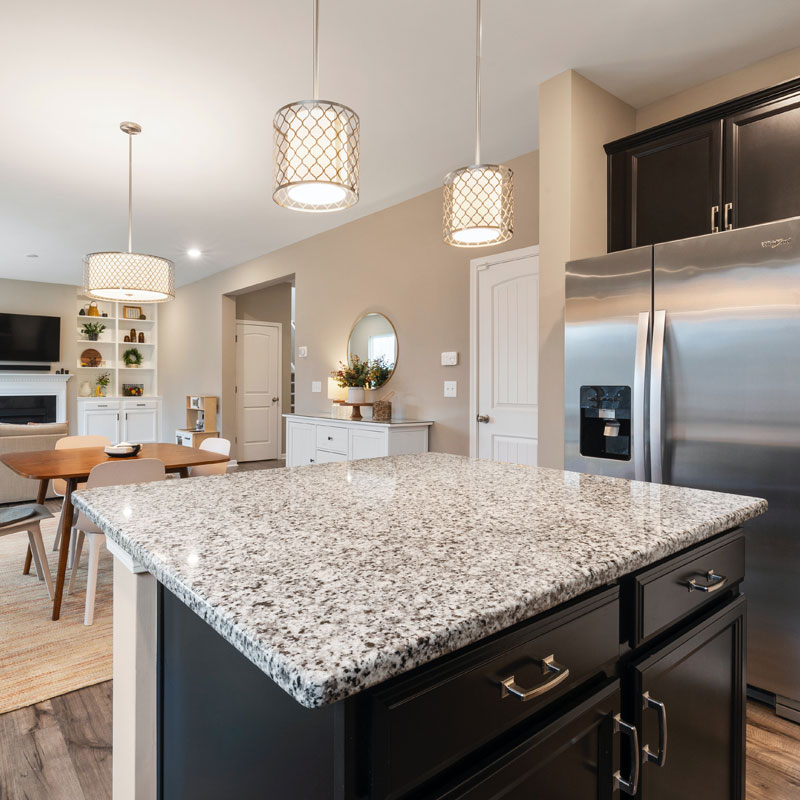
Recessed lighting isn't the only option to consider. Why not pair recessed lighting with a statement light fixture? For example, you could use recessed lighting around the room's edges to provide general lighting combined with hanging lights focused on food preparation and eating areas.
Simple pendants are common, especially over counters and islands. White, black, and shades of grey or silver are popular for a sleek, modern look. But some people find that a little bland. It's okay to have more colour in your kitchen or add a pop of colour with a bold pendant fixture. If you do it right, you could even mix and match fixtures in the different colours of your theme, although this often works better over the dining area than in the kitchen proper.
Don't be afraid to experiment with style and show off your aesthetic with more visually interesting fixtures. Glass globes, geometric shapes, and bare bulbs can all add a bit of pizzazz to your space. Although metal tracks and heads, including those in bronze and stainless steel, are still common, you'll find plenty of rustic options made from wood and natural materials if that's more your style.
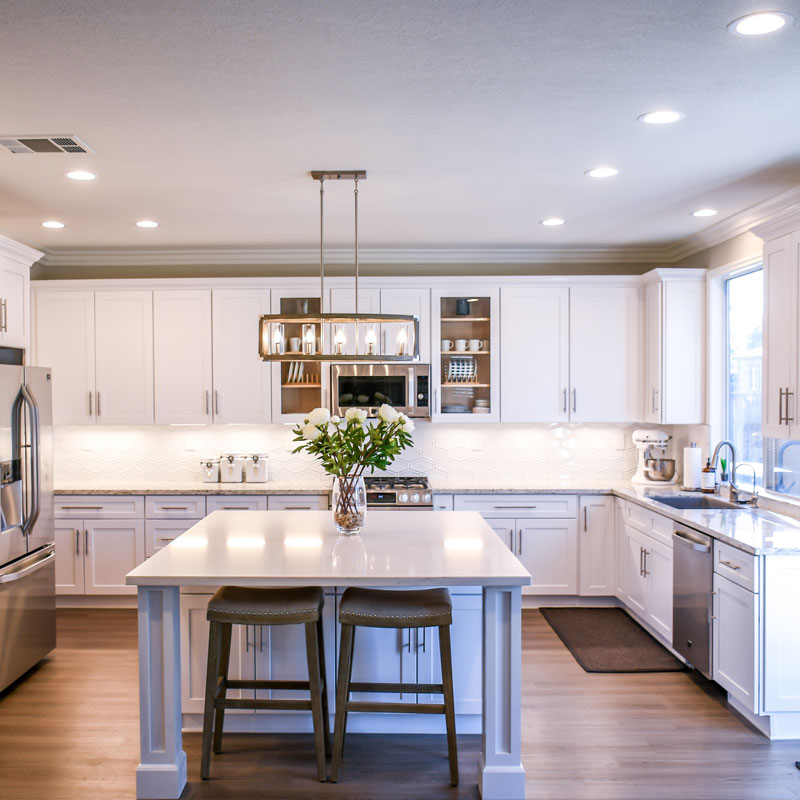
Not sure if you like the multiple-pendant look? A single wide light fixture or chandelier can provide the same amount of light as two or more pendants. Consider a statement pendant, then matching wall sconces or other fixtures to create a unified feeling throughout your kitchen and home.
Track Lighting: Still a Kitchen Staple
Aside from the lighting fixtures mentioned above, track lighting is still a viable option for kitchens. You can angle the individual track light heads to bathe a larger area in light than individual pendant lights, and flexible track lighting lets you move the head along the rail. Many homeowners also prefer the more diffused light from track lighting versus one larger or several pendant fixtures.
Of course, you can purchase straight rails and use more than one to illuminate an especially large or long space. But if you look at modern track lighting, the many variations might surprise you. This includes curved rails and those that look like tree branches. You'll even find track lights with colour-changing bulbs that you can adjust with remote control.
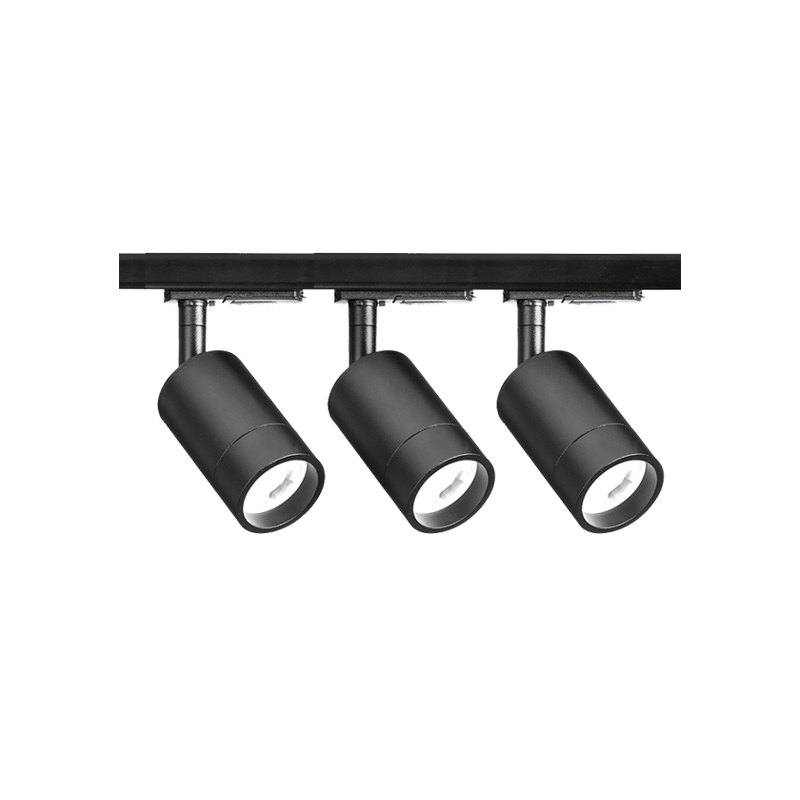
And if you're not enthused about the somewhat industrial look of most track lighting, rest assured that glass shades in nearly every finish you can imagine are available for track heads. Plus, some companies even incorporate wood into the rails, so track lighting looks more like a traditional fixture.
While track lighting isn't for everyone — or every space — you might miss out if you've written off this style of lighting because of its limited options in the past. One option you might like is track lighting designed to look more like a traditional fixture without the rail that's usually part of it. The heads are clustered closer together than with a rail, giving them more personality without sacrificing the adjustability you like.
Colour Matters
Finally, you can't forget about the bulbs you choose for your kitchen. Perhaps you're going with the bare-bulb look or a crystal-clear glass shade, in which case clear bulbs with a golden glow will probably better fit the aesthetic.
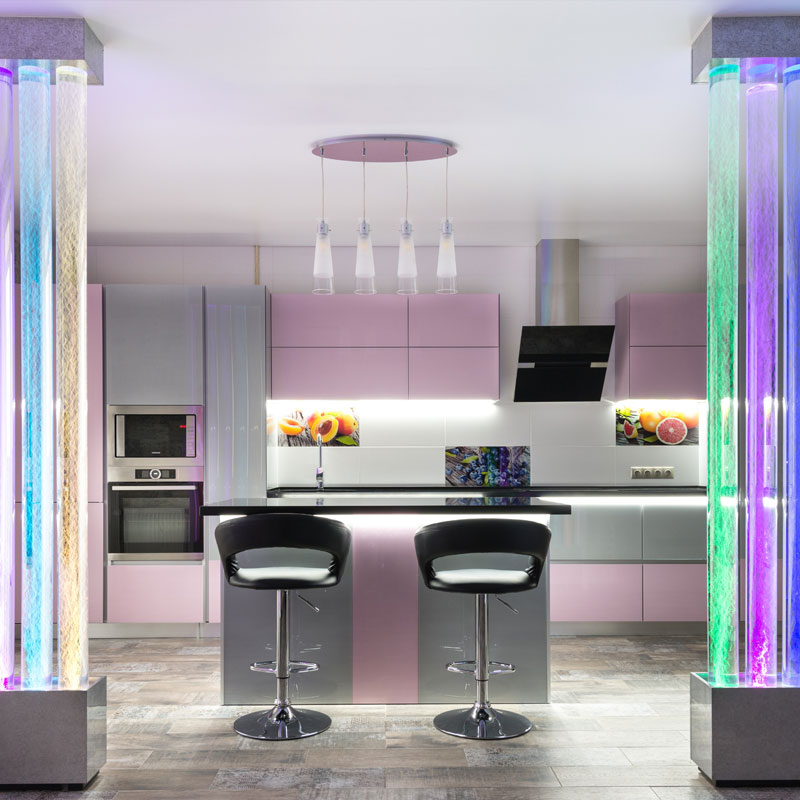
However, for other types of fixtures, you can choose from traditional incandescent, fluorescent, compact fluorescent, and LED bulbs. Bright white light bulbs are recommended in kitchens to ensure you can see what you're doing. But if your home has an open concept layout and your kitchen and dining area share lights, you might want to install at least a few soft white bulbs.
LED lights give you even more control over your lighting. Not only do they last longer than traditional bulbs, which means you have to change them less frequently, but these bulbs can also change colours by remote, your phone, or a home voice assistant like Alexa. Smart bulbs fit into the sockets used by traditional light bulbs, but not all kitchen lighting uses those sockets. If you want to use LED bulbs with your kitchen lighting, make sure they're compatible!
Speaking of LED lighting, stay tuned for the next blog posts in this series if you're looking for more ways to brighten up or add personality to your kitchen. Yes, we're talking about the latest trend in kitchen lighting: under-cabinet kitchen lighting!

